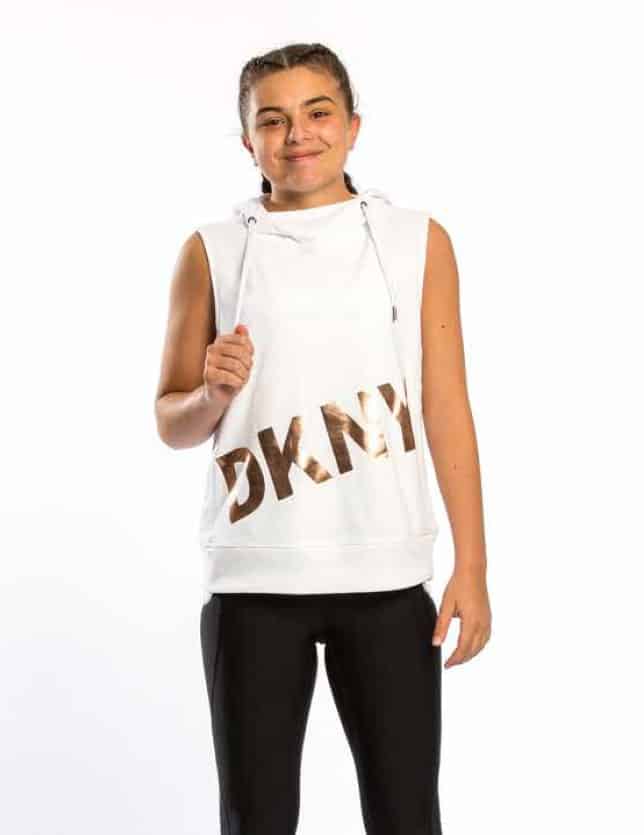Being a teenager who has been prescribed a scoliosis brace can be challenging. Teenage life alone can be challenging! The diagnosis of scoliosis doesn’t have to mean a complete change of lifestyle, but the support a therapist and family provide a teenager can be a critical element of a successful treatment program. The reality is, the more the teen wears the brace, the better the chance that the brace will be successful (1).
Not all braces are made the same. A ScoliBrace in particular is a custom made brace that is designed to perfectly fit the adolescent with scoliosis. Not all braces are custom made. A brace needs to be snug, but not too tight. A brace should not cause bruising, pain or other problems.
Not all treatment teams are the same. Some treating teams will have more success with scoliosis results than others. There are a number of factors that could be impacting the results. One major obstacle will be the potential for a teen to flat out refuse to wear the brace, or hesitance or lack of support or agreement from members of the family or treating team.
Tips to Support a Teenager
From clinical experience, I have found that there isn’t always a quick and easy solution when a child doesn’t want to wear a brace. Some kids will simply just put it on and accept it, while others will struggle, at least initially. However, over time, with care and some simple strategies, a therapist can definitely help to support the teenager to successfully and happily wear their brace.
A therapist can support a teenager to wear their brace by:
- Acknowledge the Temporary Inconvenience and Discomfort.
It can take a little time to get used to the brace and it may help if the child feels you empathise.
- Be Clear About the Hours of Wear, Starting Initially With Only two Hours at a Time.

Sometimes it is easier for them to just focus on the current goal, rather than thinking too far ahead, such as what it will be like to wear it to school. Wearing it to school can be a bit too much for them to think about at first. They shouldn’t be wearing it to school initially anyway, so focusing on starting with two hours and building on that can be helpful.
- Get the Support of the School.
As wearing the brace to school can be challenging, it is helpful if the child is supported at school. This can be as simple as making sure their locker is near a change room so that they can easily change for sport and store the brace safely.
It can also be useful if teachers are aware that the child may be a little late to class as they navigate taking the brace on and off before and after sport. Teenagers with scoliosis may not want to be the centre of attention and so it can be useful if the teachers allow some breathing space with changing, especially at the beginning while the child is getting used to the brace.
- Support a Healthy Sleeping Pattern with the Brace.
Discuss sleeping positions with the child. Often lying on their back will be most comfortable, but this will be quite an individual preference too. They need good sleep! Help the
m with ensuring that their bed, pillow and position in brace is the most comfortable. Acknowledge that the first few nights may be a bit tricky!
- Make Sure the Teen Knows why Bracing Works!
Explaining why bracing works may very well empower the child to take on the treatment. Demonstrate, draw, discuss. Answer any of their questions!
- Use a Brace Sensor.
There is evidence to show that when electronic sensors are used to track brace compliance and adolescents are counselled about the results by their doctor, they are more likely to wear the brace for the prescribed hours per day (2).
Reference:
- Weinstein, S., Dolan, LA., Wright, JG., and Dobbs, M. (2013). Effects of bracing in adolescents with idiopathic scoliosis. The New England Journal of Medicine. 369:16.
- Donzelli, S., Zaina, F., and Negrini, S. (2012). In defense of adolescents: They really do use braces for the hours prescribed, if good help is provided. Results from a prospective everyday clinic cohort using thermobrace.
